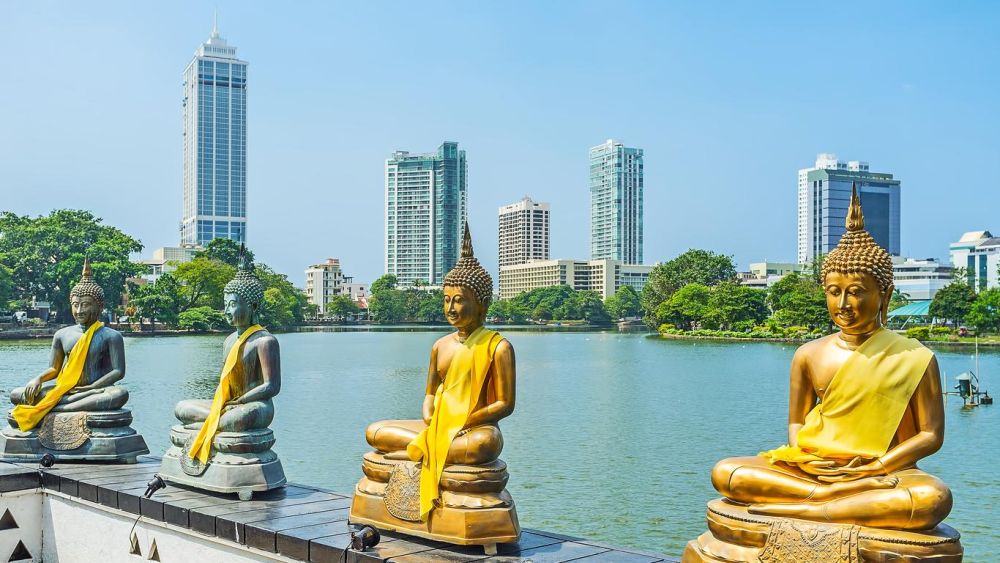

The history of tourism in Colombo, the bustling capital city of Sri Lanka, extends far back into the colonial era, where it served as a significant port on ancient east-west trade routes. The Portuguese, Dutch, and British left their indelible marks on the city, influencing its architecture, culture, and urban layout. For centuries, Colombo has enamored visitors with its blend of traditional charm and modern vibrancy.
The formal inception of tourism can be traced back to the early 20th century, gradually building up after the country's independence in 1948. In the years that followed, Colombo became accessible to a broader audience of travelers, eagerly exploring its rich history and cultural diversity.
By the late 20th century, Colombo started seeing significant changes. Strategic development and marketing by the Sri Lanka Tourism Development Authority played a pivotal role in promoting Colombo as a desirable tourism spot. The city's infrastructure improved, with the establishment of new hotels, restaurants, and entertainment venues catering to the international traveler's needs.
The tourism industry in Colombo experienced a downturn during the lengthy civil war that lasted from 1983 to 2009. Security concerns and negative perceptions understandably deterred many would-be visitors. However, the end of the conflict marked a new beginning for Colombo's tourism scene.
Post-2009, Colombo witnessed a remarkable resurgence in tourism. Funds were allocated for new projects and the restoration of historic sights, such as the Old Dutch Hospital and the bustling Pettah Markets. The coastline was developed, highlighting the promenade at Galle Face Green, while luxury hotels like the Shangri-La and the Movenpick added to the city's allure.
With the global landscape of travel changing due to events like the 2019 Easter attacks and the COVID-19 pandemic, Colombo, like many cities worldwide, experienced a temporary pause in international tourism. Nevertheless, efforts have been made to adapt to the "new normal," focusing on health, safety, and sustainable tourism practices.
In recent years, Colombo has moved towards experiential tourism, where visitors are seeking authentic experiences that connect them with the local culture, cuisine, and people. Culinary tours, local craft workshops, and immersive heritage walks are increasingly popular. Sustainable and eco-friendly tourism is also gaining traction, aligning with global concerns about climate change and environmental preservation.
The future of tourism in Colombo looks promising, with ongoing development projects and initiatives to boost the sector. The city aims to enhance its standing as a hub for leisure and business travel by highlighting its unique position as a gateway to the rest of Sri Lanka's stunning attractions, from beaches and mountains to wildlife and heritage sites.
Whether for its historic past, vibrant present, or promising future, Colombo remains a captivating destination for travelers from around the globe, weaving together the threads of various eras into a tapestry of rich experiences.
There is much to explore in this dynamic city, from the colonial-era buildings and the Beira Lake to the modern-day Colombo Lotus Tower. The city's spirit is infectious, its sights unforgettable, and its stories resonating with the warmth of Sri Lankan hospitality.